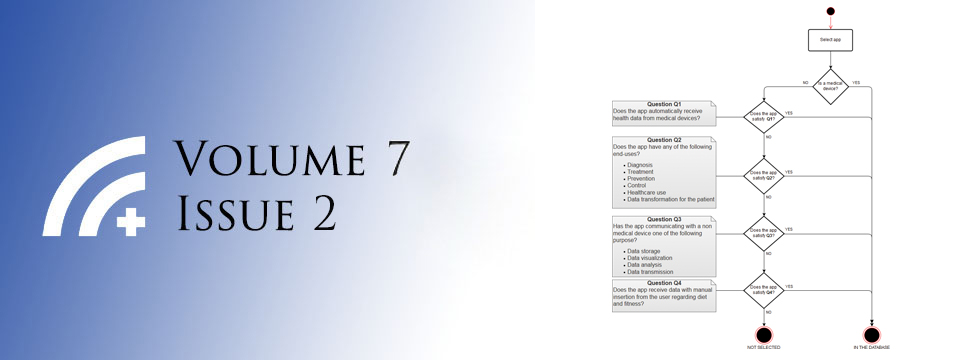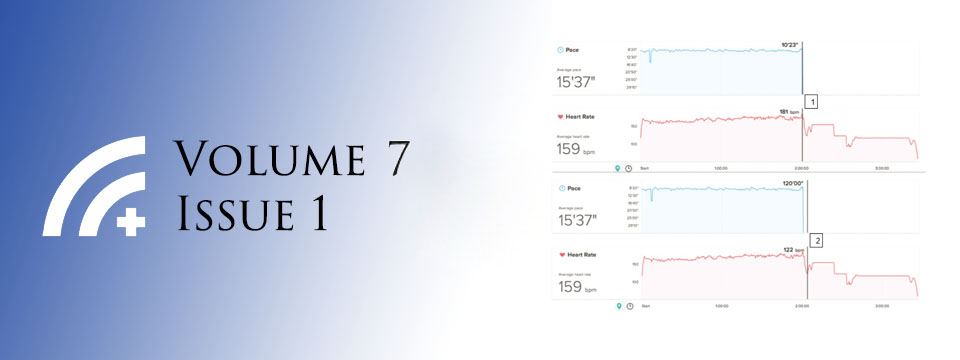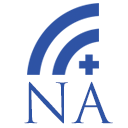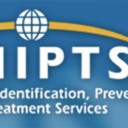Posted on Jul 25, 2014 in Original Article |
Nasiru A Ibrahim, MBBS, FWACS1, Mohammad Salisu, MBBS, FWACPaed2, Abiodun A Popoola, MBBS, FWACS3, Taofeeq I Ibrahim, MBBS4
1Department of Surgery, Lagos State University College of Medicine, Ikeja, Lagos State, Nigeria; 2Department of Paediatrics, Lagos State University College of Medicine, Ikeja, Lagos State, Nigeria; 3Department of Radiology, Lagos State University College of Medicine, Ikeja, Lagos State, Nigeria; 4Federal Medical Centre, Ebute Metta, Lagos State, Nigeria
Corresponding author: Nasiru A Ibrahim, Department of Surgery, Lagos State University College of Medicine, 1–4 Oba Akinjobi Street, Ikeja, Lagos State, Nigeria. Tel: +2348023044971, E-mail: ibrahimakanmu@yahoo.com
Journal MTM 3:2:28–34, 2014
doi:10.7309/jmtm.3.2.5
Background: Smartphones help in quick access to medical information, enhance student learning in clinical environment and increase their knowledge score. We conducted a pilot study of medical students in the clinical years to assess their current utilization of mobile phones, the perceived advantages and barriers.
Methods: A cross-sectional survey of 5th and 6th year medical students using a pre-tested questionnaire was conducted. Information gathered were bio-data, type of mobile phone owned, usage pattern in terms of frequency and applications, perceived advantages and barriers. Data was analysed employing SPSS version 15.
Results: All the 123 participants owned smartphones and the greatest use among majority (>63%) was for routine functions such as receiving or making calls, sending or receiving SMS and e-mails, as schedule/calendar/planner and as dictionary. Less frequent usage (41% to 59%) was to access and take lecture notes, access medical videos, electronic textbook and for medical research. They were rarely used (<32%) as clinical tools in patient management, for course evaluation and as log book. Battery life, small size screen, slow speed, limited memory and cost were the major barriers to mobile learning while the greatest advantages were mobility of the device, ease of use, access to current information and ease of access to resources.
Conclusions: Our medical students appeared comfortable with the use of smartphones for routine personal applications, searching academic resources as well as accessing and taking lecture notes without institutional assistance. With minimal support, they could be encouraged to use their mobile phones for greater education activities and accessing clinical materials.
Posted on Jul 3, 2014 in News |
Google I/O came and went last week and one of the expected announcement came labelled “Google Fit”. This story may sound similar to our previous post outlining Apple’s Health Kit, to which comparisons will undoubtedly be made.
Google Fit will provide a an integrated platform on the Android OS for it to communicate with a variety of mHealth tracking devices. Unlike Apple, Google has not revealed a central “app” that collates all the data. Rather, it is trying to make a standard platform that would allow devices from different manufacturers to “play nice” with their apps.
Thus far, a whole host of companies have signed on to the initiative, such as Nike, Addidas and the ever popular RunKeeper.
Regardless of the approach, it is encouraging to see the world’s two biggest smartphone platforms integrating health tracking features as a key part of their OS.
Source
Engadget: http://www.engadget.com/2014/06/25/google-fit/
Google: https://developers.google.com/fit/
Posted on Jun 16, 2014 in News |
WWDC is a big annual event for all things related to Apple and this year it certainly did not disappoint. We have previously covered many mHealth technologies that are paired to the now ubiquitous smartphone but after the main keynote of the event, it seems that Apple, one of the world’s biggest consumer electronics companies, is ready to throw it’s weight behind mHealth as well.
We previously reported the rumours in February where it was suggested that Apple was incorporating Health related features into iOS. Now, the announcement is official with news of HealthKit. The software platform will be built right into iOS, allowing it to “know” the type of data being shared by different sensor hardware. This should shift the brunt of the user side software development work form device manufacturers, allowing them more resources to produce innovate mHealth hardware.
Not to be outdone, rumours have also started emerging of a similar platform being developed by Google for its Android platform. Rumoured to be dubbed “Google Fit”, the still unannounced platform is expected to be revealed at Google’s developer event, I/O which starts later this month on June 25th.
The wave of activity from the major players in the smartphone industry to back mHealth initiatives may be the beginning of another mHealth revolution. This time, it looks like population at large will be the main beneficiary.
News article by Dr Raffy Halim
Source:
– Apple: https://www.apple.com/ios/ios8/health/
– Engadget: http://www.engadget.com/2014/06/13/google-launching-google-fit-health-platform/
Posted on Jun 14, 2014 in News |

Ed: Dr Perera, Editor-in-chief of JMTM has recently written a piece for Avant’s member magazine. The piece from the magazine is presented below.
Most Australian hospitals have yet to develop, let alone enforce, smartphone guidelines. This leaves doctors in a grey zone.
As such, we must take reasonable measures to ensure patient privacy and safety is not compromised.
Apps
A recent survey found that 87%1 of doctors use personal mobile devices for clinical use.
Of those, 62% have medical apps on their smartphones. While having reference materials or calculators at your fingertips is convenient, the quality of medical apps varies significantly. Studies have shown that some are wildly inaccurate, which is why it is so important to verify their accuracy before use.
Journal articles testing the accuracy of
medical apps are regularly published, so before using any app with the potential to influence patient management, search for appropriate evidence on sites such as PubMed (ncbi.nlm.nih.gov/pubmed).
Security measures
It’s not just medical apps we must be wary off: the mobile devices hosting them also pose risks when used inappropriately.
A 2012 study conducted by computer security company Symantec provided some fascinating insights into data accessed on ‘lost’ phones. Known as Project Honey Stick, it placed 47 unsecured smartphones in the public and tracked their use.
Of the ‘lost’ devices:
89% were accessed for personal-related apps and information.
83% were accessed
for business-related apps and information.
70% were accessed for business and personal-related apps and information.
45% attempted to access corporate emails.
Carrying patient data on your phone is the same as carrying it in your briefcase. There are, however, steps you can take to secure this data.
Setting up your phone so a passcode is required to unlock it will protect against most casual data thieves. This way, if it is lost or stolen you can demonstrate reasonable measures were made to protect your data.
You should also enable remote locking or content wiping so, if your phone is lost, you can prevent information from being accessed. How depends on the model, but most devices have this feature. If not, third-party software
is available.
Finally, ensure your phone data is encrypted (stored in a form that requires a PIN to read), otherwise the memory can be read
on a computer.
Posted on Jun 3, 2014 in Featured |
The Editorial Board at the Journal of Mobile Technology in Medicine is proud to present Volume 3, Issue 1S, published in June 2014. As media partners of UCLA’s Innaovative use of Technology for HIV prevention and Care Conference, Journal MTM is proud to present a special edition of the Journal presenting all the conference abstracts. We look forward to your article submissions.
Volume 3, Issue 1S Contents – UCLA Innovative Use of Technology for HIV Prevention and Care Conference
Posted on Jun 3, 2014 in Conference |
Ian W. Holloway, PhD, MSW, MPH1
1Department of Social Welfare, Luskin School of Public Affairs, University of California, Los Angeles
Journal MTM 3:1S:6, 2014
DOI: 10.7309/jmtm.3.1S.4
Abstract
HIV continues to rise among young gay, bisexual and other men who have sex with men (YMSM) despite current prevention efforts. Increasingly, YMSM are using smartphone applications (“apps”) to communicate with friends, meet romantic partners and seek information about health. A growing number of apps for YMSM contain a geosocial networking component, allowing users to send text messages, photos and pin drops to other users according to geographic proximity. These apps are becoming increasingly specialized for targeted subpopulations of MSM and attract millions of users worldwide. Our research team used the geolocation feature of a popular app to recruit a probability sample of YMSM (ages 18-24; N = 195) in Southern California. Participants completed an anonymous online survey on a variety of topics, including sexual health and technology use. YMSM in our study were single (87%), educated (85% college degree or higher), gay-identified (87%) and largely out to family and friends (94%). Over three-quarters had used the app to meet a sexual partner and 29% indicated their primary reason for using the app was to “hook up.” However, YMSM also used the app to connect to the gay community (65%), make new friends (80%) and kill time when bored (86%). Eighty-eight percent of users logged onto the app daily (50% logged on five or more times a day); 46% used at least one other gay geosocial networking app and 70% indicated willingness to receive HIV prevention information via smartphone. Results indicate that geosocial networking apps represent a prime opportunity for discreet, targeted outreach for YMSM. Possible functionality could include geolocation-based HIV test finders, automated behavioral and biomedical prevention reminders, gay-specific content on health and well-being and network-based health promotion. Future community-based research with YMSM and smartphone app companies on optimal design and functionality of geosocial networking interventions for YMSM is needed.













